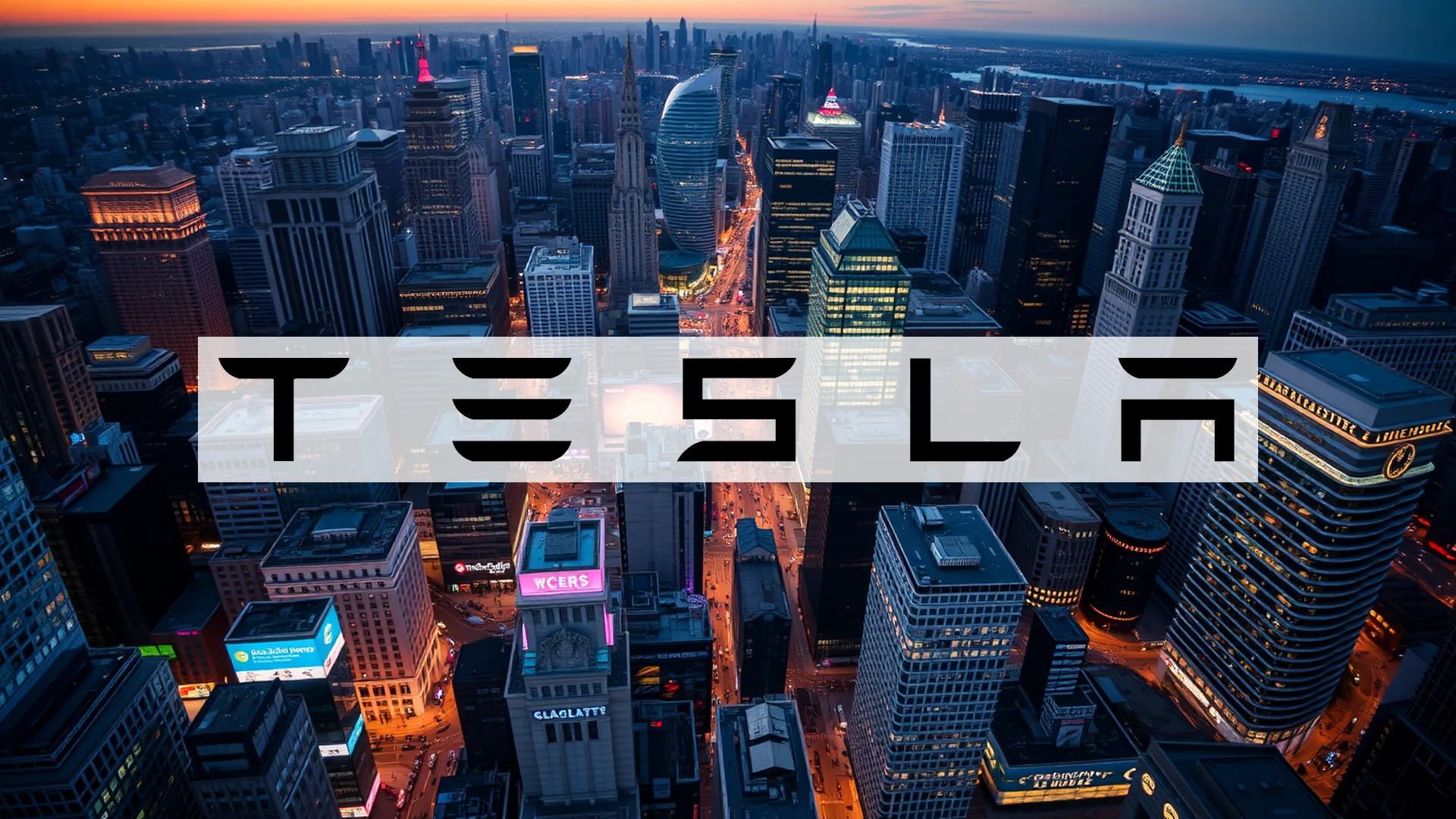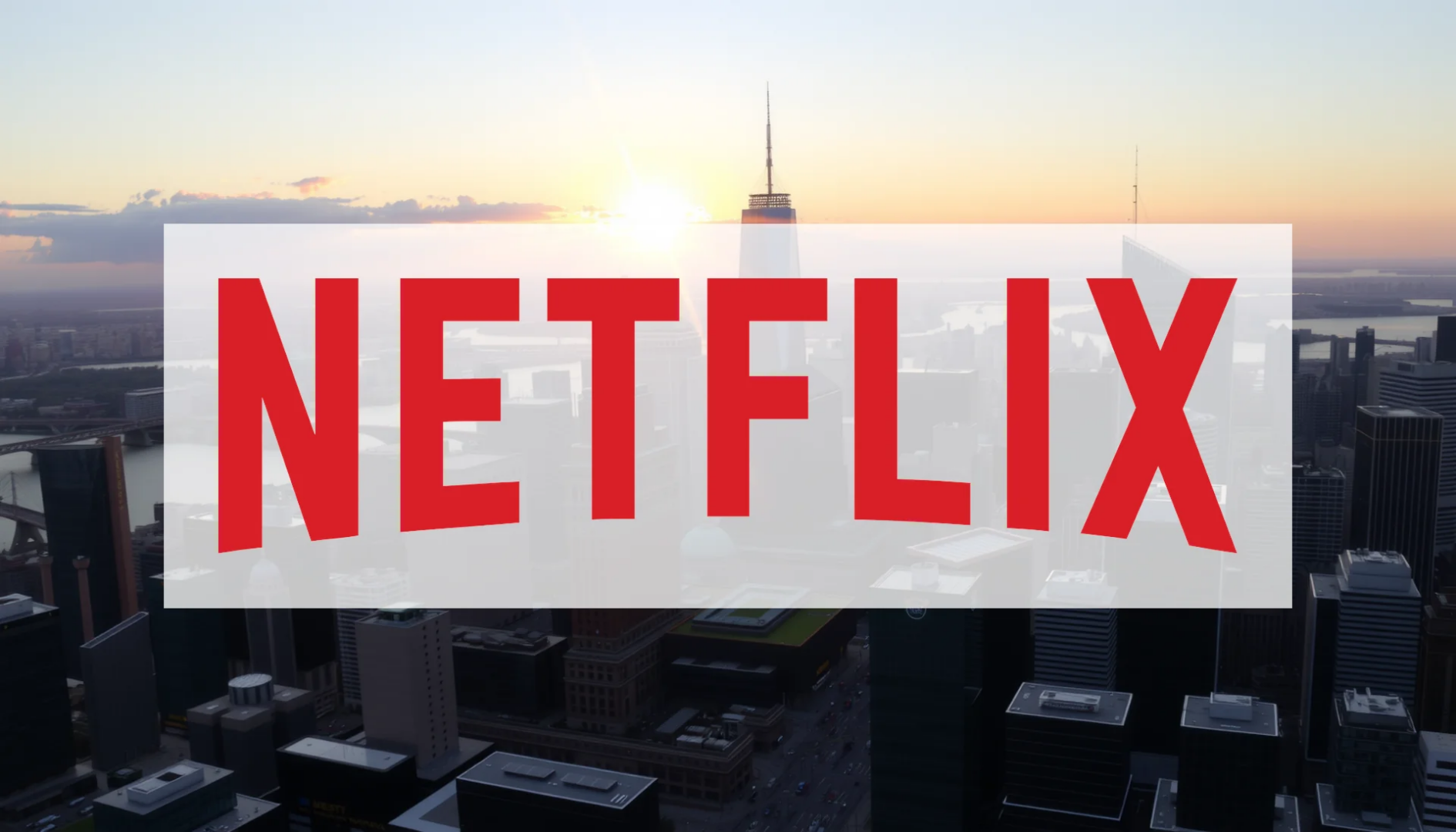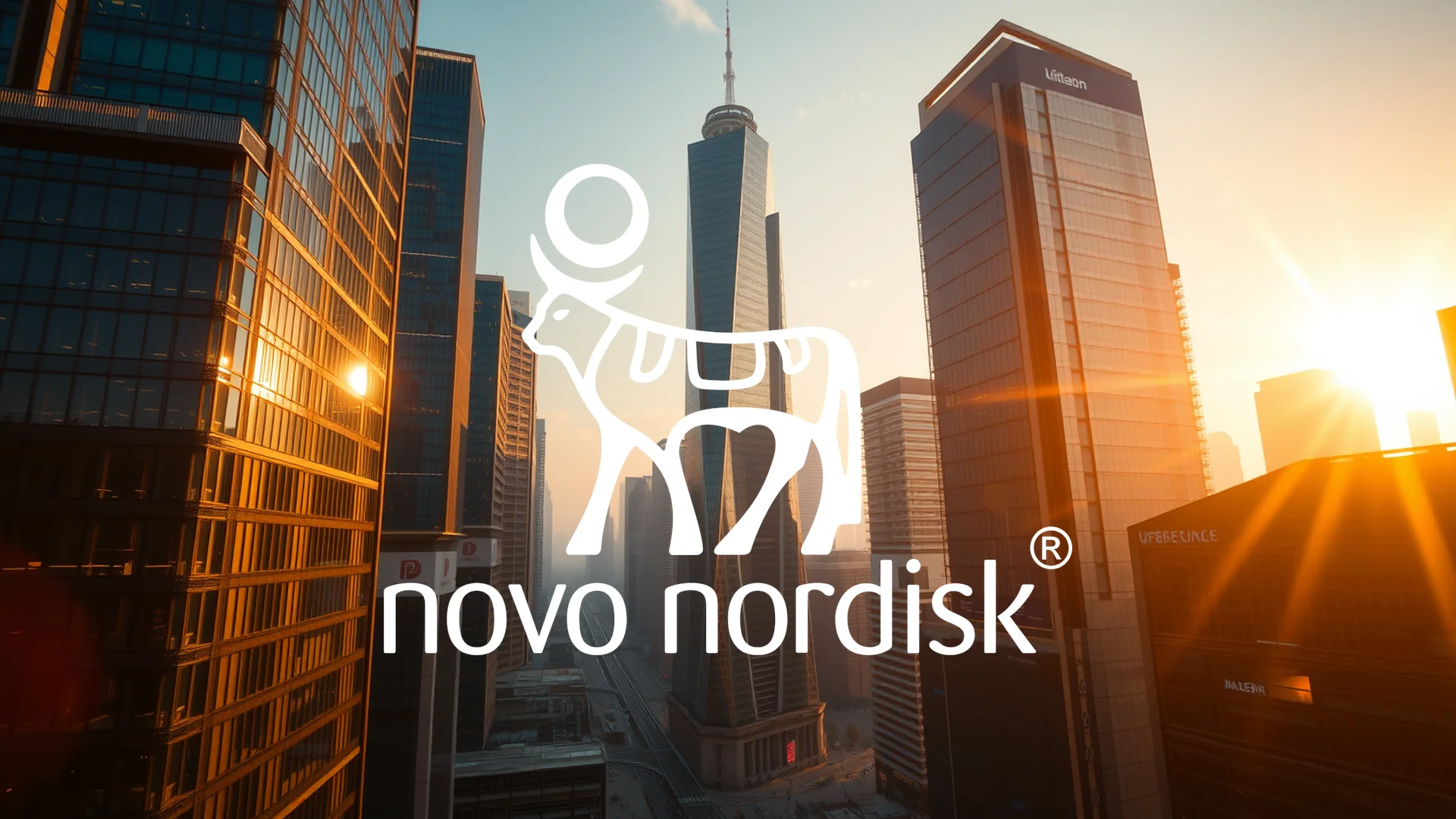Tesla shares are currently riding a powerful wave of market enthusiasm, fueled by optimistic analysts and expansive artificial intelligence projections. However, this celebratory atmosphere now faces a sobering counterpoint from European regulators, who are raising substantial questions about the timeline for autonomous vehicle deployment. The critical question for investors is whether the recent rally can withstand these bureaucratic challenges or if technological visions will ultimately prevail.
Regulatory Reality Check Disrupts Optimistic Timeline
The ambitious timelines for Tesla’s autonomous driving technology are encountering rigorous regulatory scrutiny. On Tuesday, the Dutch Vehicle Authority (RDW) explicitly refuted Tesla’s characterization that European regulatory approval for February 2026 was definitively secured. The agency clarified that this date merely represents a scheduled demonstration of the technology, with no guarantees of subsequent approval. Safety considerations remain the paramount concern for regulators.
Further complicating matters, reports indicate that necessary exemption applications for the steering wheel-free “Cybercab” remain outstanding with the U.S. National Highway Traffic Safety Administration (NHTSA). Without these critical regulatory documents, the vehicle cannot legally operate on public roads.
Wall Street’s Bullish Sentiment Persists
Despite these regulatory headwinds, the investment community maintains overwhelmingly positive sentiment toward Tesla. Major financial institutions are currently competing to issue the most optimistic price targets, with several projecting values exceeding $500 per share. Firms including Stifel and Piper Sandler have reinforced their buy recommendations based on perceived significant advancements in Tesla’s robotaxi strategy.
Should investors sell immediately? Or is it worth buying Tesla?
Market experts report particularly strong impressions from the latest iteration of the “Full Self-Driving” (FSD) software following facility visits, describing demonstrations as operating with “remarkable smoothness.” For these analysts, Tesla has transcended its identity as a conventional automobile manufacturer, positioning itself instead as the dominant contender in the emerging artificial intelligence revolution.
Data Versus Regulation: The Core Tension
This fundamental conflict between Silicon Valley’s rapid innovation cycle and regulatory caution characterizes the current market dynamic. Tesla has reported accumulating an impressive 10 billion autonomous driving kilometers in China through its Autopilot system—a substantial data repository intended to demonstrate superiority over human drivers. Yet this empirical evidence cannot substitute for formal regulatory approvals.
This divergence between technological capability and regulatory permission is reflected in Tesla’s substantial stock volatility, which annualizes at approximately 48 percent. Investors are currently pricing in technological perfection, while regulators are applying the brakes.
Investment Outlook
Tesla shares continue to oscillate between technological promise and regulatory delays. While significant bureaucratic obstacles remain for both the Cybercab and FSD software deployment, the company’s valuation faces substantial uncertainty. Market attention now focuses intently on February 2026: will the Netherlands demonstration produce the anticipated European breakthrough, or will it deliver another setback to growth expectations?
Ad
Tesla Stock: Buy or Sell?! New Tesla Analysis from November 26 delivers the answer:
The latest Tesla figures speak for themselves: Urgent action needed for Tesla investors. Is it worth buying or should you sell? Find out what to do now in the current free analysis from November 26.
Tesla: Buy or sell? Read more here...








